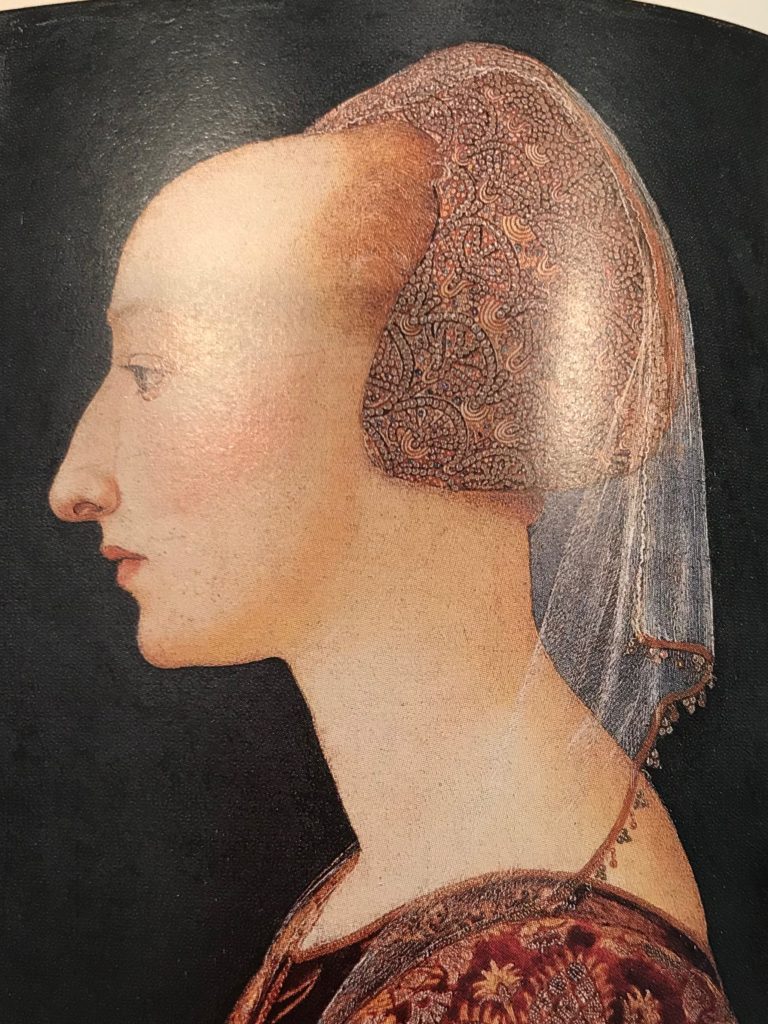
People have been making portraits for thousands of years. Most early portraits were made to honor and to remember the dead. By the 15th Century, people were having their portraits painted for many reasons. Small portraits, called miniatures, were often made as keepsakes. But large, grand-scale portraits were usually an exercise in public relations for very important people.
Now we rely on photographs to show what people really look like, but before photography, people had to rely on portraits. Artists had to pay attention to facial features and often exaggerate distinct ones – such as a big nose – in order to emphasize the likeness.
A portrait creates more than a physical likeness. It is designed to present someone in a particular way. So, the pose and the sitter are chosen to show the sitter from the best possible angle, and to convey a sense of their social status and character. For this reason, many portrait painters became successful because they were skilled at flattering their subjects.
After good quality glass mirrors became available in the 16th Century, some artists began to paint themselves. It was a good way to practice their techniques and not have to please anyone else. They could also be used to show off their skill to people who might pay to have their own portraits done, like an early form of advertising. Inevitably, after the invention of photography nearly 200 years ago, people became less interested in having their portraits painted.
The image shown is Portrait of a Lady In Red (probably 1460-70) by an unknown artist. The profile view is most typical of Italian portraits. The lady has a fashionably high forehead (she would have shaved or plucked her hair) and fancy clothes, showing that she was from a wealthy family.

